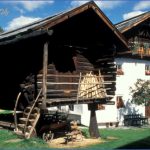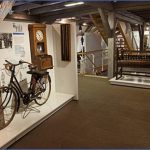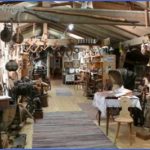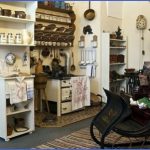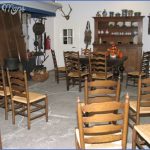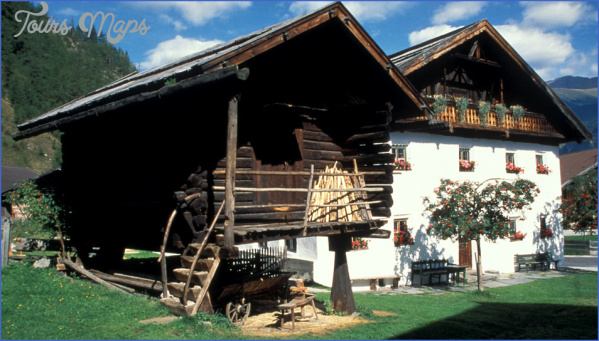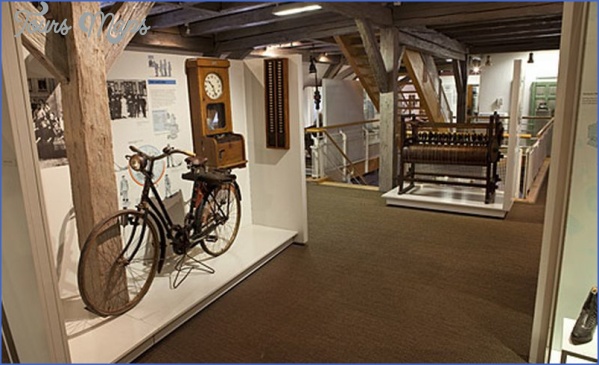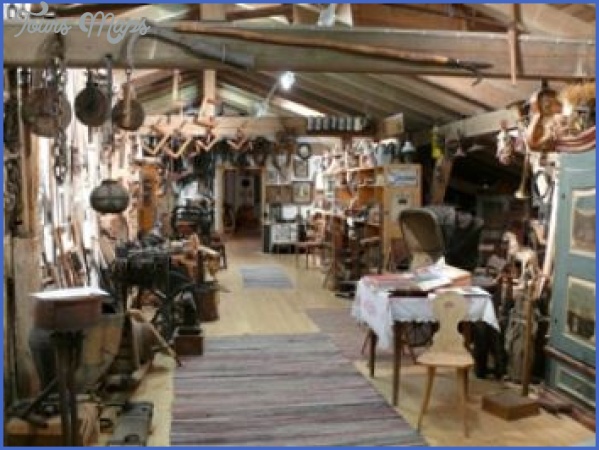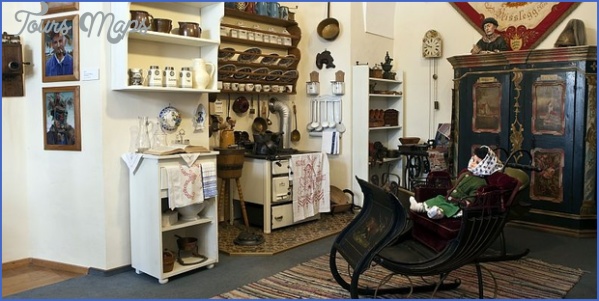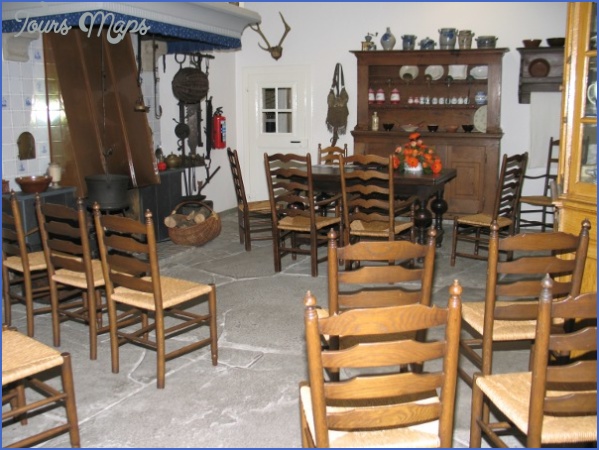The tradition of the Heimatmuseum, or local history museum, favoured in Austria particularly invites this type of commemoration and there are many examples of it there: to Brahms at Gmunden, on the Traunsee, which he often visited; to Bruckner at Vocklabruck in Lower Austria, where his sister lived; to Suppe at Gars am Kamp, north-west of Vienna, although he was a visitor rather than a native; and to Gruber, composer of Stille Nacht, who is extensively feted in the Salzburg area, with displays not only in municipal premises at Arnsdorf and Oberndorf but at two other sites nearby. A comparable example is the assignment of a room to Max Brand in the museum to the sculptor Anton Hanak in Langenzersdorf, on the northern outskirts of Vienna.
In Germany, Weber is commemorated at the regional museum in Eutin, where he was born, and the celebrations of Bach in Wechmar, Eisenach, Ohrdruf and Arnstadt are within town museums. The Czech equivalent of the
Heimatmuseum Photo Gallery
Heimatmuseum is the Messtske Muzeum, of which there are many examples featuring composers, among them the Dussek gallery at Caslav, the display for Jindrich in the museum at Klena pod Cerchovem, the Martini! commemoration in the town museum (as opposed to the one in the church tower) in Policka and the Ryba celebration at Rozmital pod Tremsmem as well as the Smetana/Benda and Dittersdorf memorials noted above. Of the same kind, in Poland, is the display to Tansman in the palatial local history museum in todz.
There are several examples in the former Yugoslavia. Osterc is the subject of a display in the north Slovenian village of Verzej; space is assigned to Kogoj in the municipal library of the west Slovenian town of Kanal, and Zalec in central Slovenia devotes a floor in the local art gallery to Savin. In Croatia Livadic is commemorated in his own house in Samobor, along with local art and archaeology, and the Medjimurian Museum at Cakovec has a room honouring Slavenski. In Serbia, there is a display to Nastasijevic in the local museum at Gornji Milanovac.
In Italy, Cilea is remembered in the civic museum at Palmi; in Belgium, two composers who worked for the Flemish cause are commemorated in local museums, Benoit in Harelbeke and Veremans in Lier, and a re-creation of Ysaye’s studio is accommodated in space adjoining the Liege museum of religious and local art; in France Saint-Saens in honoured in the city from which his family came, Dieppe. The presence of a Debussy museum in the tourist office at Saint-Germain-en-Laye belongs in a slightly different category, since it was Debussy who came first: it is in the house of his birth. At Prades, in the Pyrenean region of France, a back room in the tourist office is at present given over to Casals, long a resident of the town. In England, the local authority at Dorking, where Vaughan Williams lived, allows a corner of its music library to be used for a display.
It is to be expected that some museums would be associated with the performance of music. Besides the Nielsen museum at the Odense concert hall, the museum to Pergolesi is in the building of the Jesi city theatre, the Teatro Pergolesi, which also accommodates a smaller memorial to Spontini, another local composer. There is a museum attached to La Scala, Milan, rich in composer materials for 19th- and 20th-century Italian opera, and behind the Staatsoper in Vienna is the Osterreichisches Theatermuseum, which celebrates the city’s operetta traditions with individual rooms devoted to some of its main practitioners. There is one commemoration in a former cinema, in Horodyshche in Ukraine, to the baritone and composer Gulak-Artemovsky. In a slightly different category is the Chopin commemoration in the instrument museum at Poznan, where a room is devoted to the composer.
Then there are museums associated with industry. The most striking is the Tchaikovsky museum at his birthplace, Votkinsk, in Udmurtia, on the estate where his father had been manager of an ironworks that built cannons and anchors, more recently the site of the Votkinsk Intercontinental Ballistic Missile factory. Part of a 12th-century convent founded by Hildegard of Bingen is preserved in her memory within the premises of a firm in Bingerbruck. The Novak memorial rooms in Skutec were at one time part of a shoe factory, owned by his wife’s family. The museum to Dima and Muresianu in Brasov had been a printing works. The Albeniz museum at Camprodon, on the Catalonian side of the Pyrenees, is in a former police station, down the street from where he was born.
A handful of composer museums are on islands. The Bellman customs house in Stockholm, the Chopin museum at Valldemossa, the Tobias museum on Hiiuma and Peterson-Berger’s house on Froson have already been mentioned. The two Greek museums, to Carrer and Vamvakaris, are on the islands, respectively, of Zakynthos and Syros. There are two others worth visiting merely for the beauty of their sites – the retreat that Ole Bull created for himself at Lys0en, 30 km south of Bergen, and the home and tropical garden on Ischia lovingly tended by Lady Walton in her husband’s memory.
Maybe You Like Them Too
- Top 10 Islands You Can Buy
- Top 10 Underrated Asian Cities 2023
- Top 10 Reasons Upsizing Will Be a Huge Travel Trend
- Top 10 Scuba Diving Destinations
- World’s 10 Best Places To Visit

